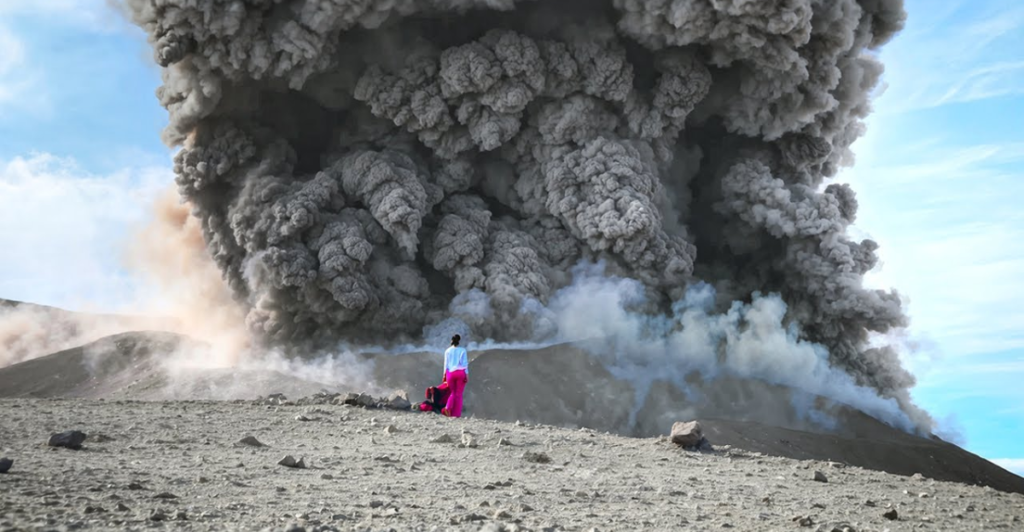
Volcanic eruptions are among the most powerful natural events on Earth, capable of reshaping landscapes and altering weather patterns on a global scale. While their immediate impacts are often localized—such as destruction from lava flows and ash fall—the repercussions can extend far beyond the eruption site. This article explores how volcanic activity influences climate, temperature, and precipitation patterns worldwide.
The Volcanic Catalyst
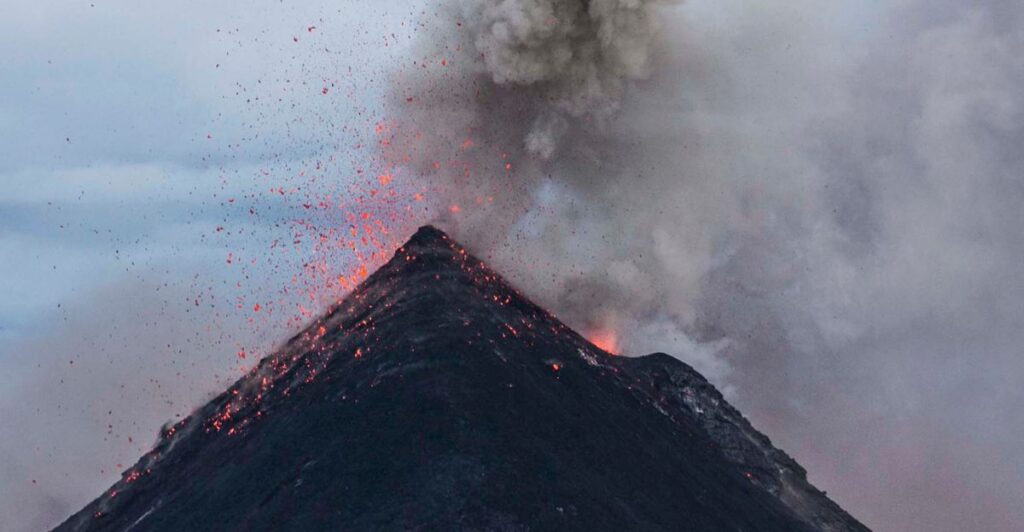
Volcanic eruptions release a complex mixture of gases, ash, and aerosols into the atmosphere. Among these emissions, sulfur dioxide (SO2) plays a crucial role in the connection between volcanoes and weather. When SO2 is propelled into the stratosphere, it undergoes chemical reactions that produce sulfate aerosols. These fine particles have a remarkable capacity to scatter and reflect sunlight, remaining suspended in the atmosphere for months or even years.
Immediate Effects of Eruptions
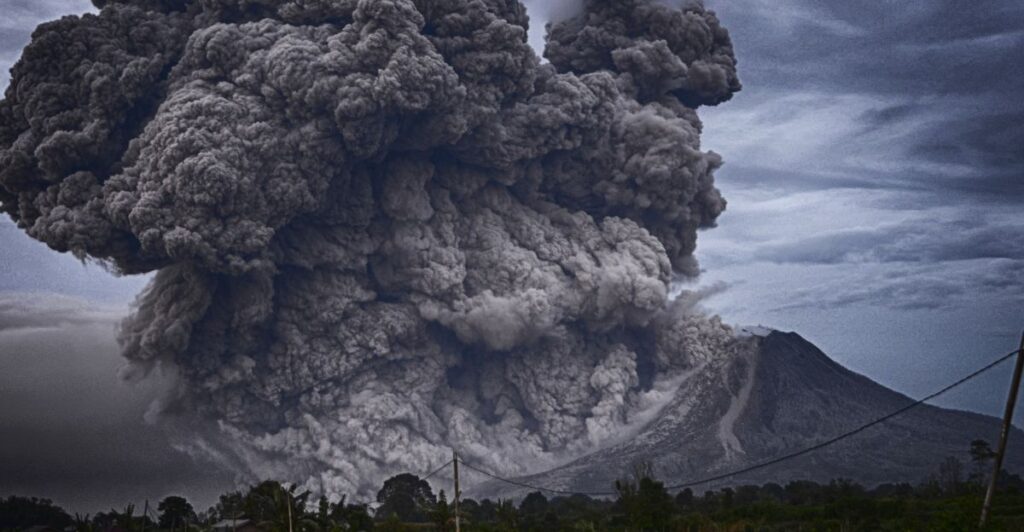
The most visible immediate consequence of a volcanic eruption is the formation of massive ash clouds. These clouds can rise high into the atmosphere and spread over vast areas, depending on prevailing wind patterns. Such ash clouds disrupt air travel, reduce visibility, and pose health risks to individuals exposed to them. Additionally, pyroclastic flows—superheated clouds of gas, ash, and rock—can devastate everything in their path.
Historical Eruptions That Shaped Weather

Throughout history, several volcanic eruptions have had profound impacts on weather and climate:
Mount Tambora, Indonesia (1815): This eruption cooled global temperatures by nearly 5.4°F (-14°C), leading to widespread famine.
Krakatoa, Indonesia (1883): Generated tsunamis that caused around 36,000 deaths and significantly altered weather patterns.
Mount Vesuvius, Italy (79 A.D.): Buried the cities of Pompeii and Herculaneum under ash.
Mount Pinatubo, Philippines (1991): Forced 100,000 people to evacuate and contributed to a global temperature drop.
Yellowstone, U.S. (640,000+ years ago): Released ash that covered much of western North America.
Cooling Effects on Global Temperatures
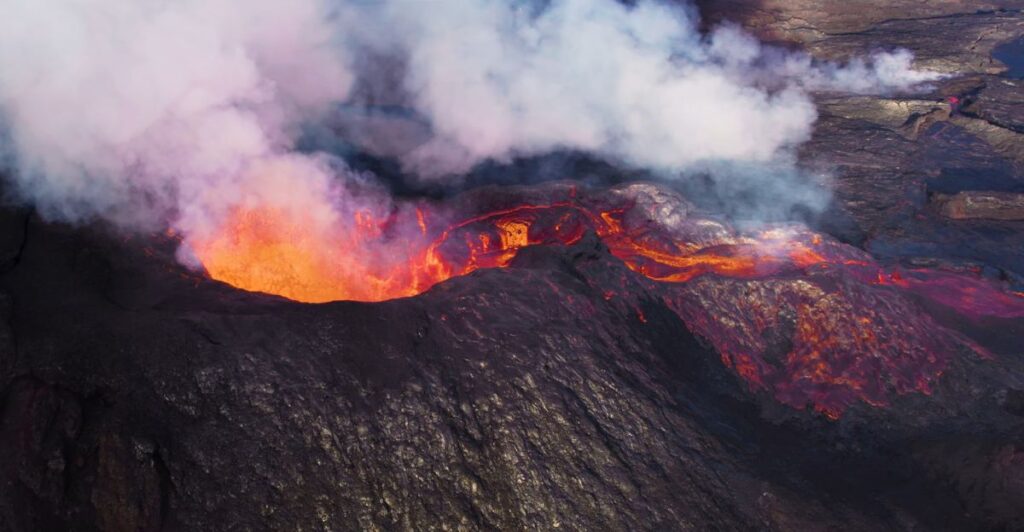
While volcanic eruptions are often associated with heat due to molten lava, they can also lead to significant cooling effects globally. The sulfate aerosols released during eruptions reflect sunlight back into space, reducing solar radiation that reaches the Earth’s surface. This phenomenon can result in what is termed “volcanic winter,” where temperatures drop temporarily. Historical records indicate that some of the most dramatic cooling events were triggered by volcanic activity. For instance, the eruption of Mount Tambora led to the “Year Without a Summer,” causing widespread agricultural failures.
Impact on Animals and Wildlife
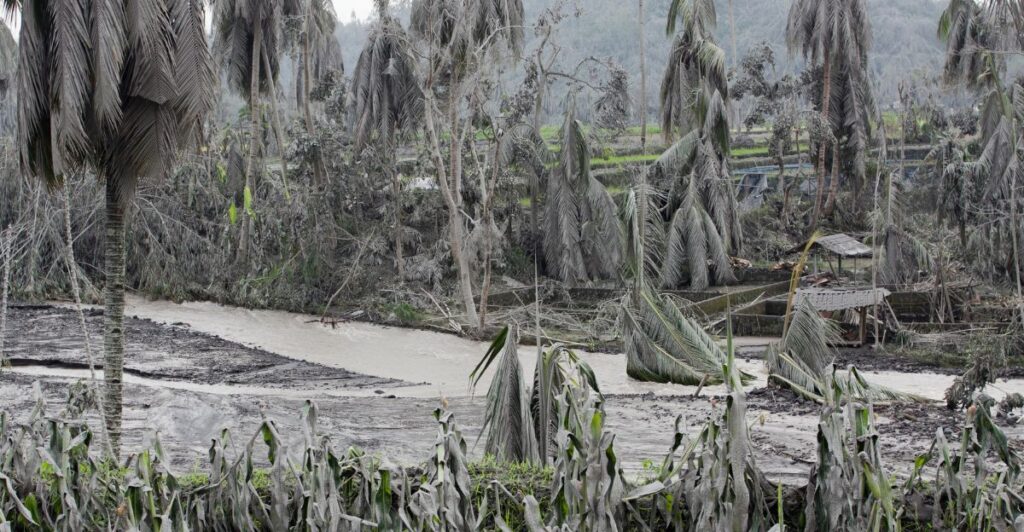
The effects of volcanic eruptions and the resulting changes in weather patterns can have significant repercussions for animals and wildlife. Altered precipitation and temperature can disrupt habitats, leading to food shortages and changes in migration patterns. Additionally, ash fallout can contaminate water sources and affect the health of various species, further complicating their survival in impacted regions.
Atmospheric Circulation Disruption
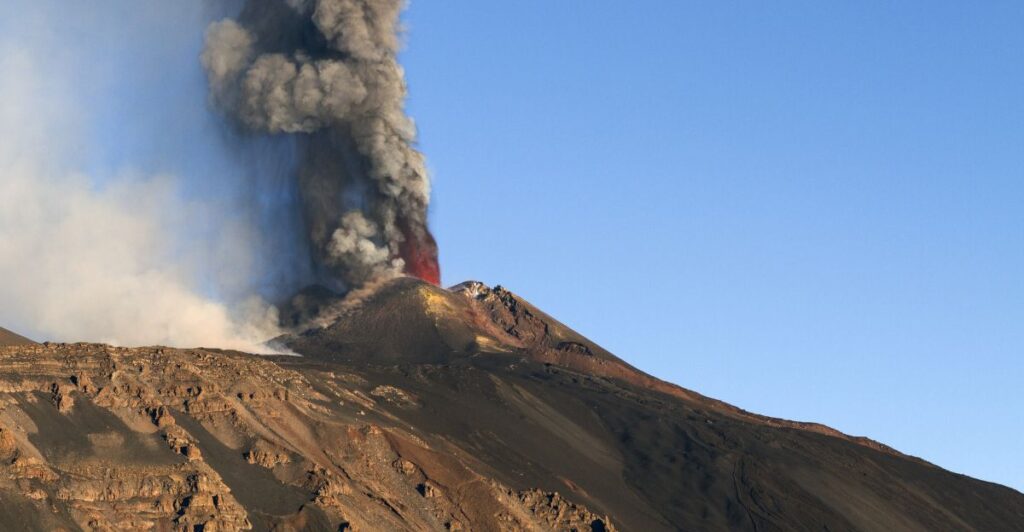
The release of large quantities of sulfur dioxide into the atmosphere results in sulfate aerosols that scatter sunlight and cool the Earth’s surface. This cooling disrupts normal atmospheric circulation patterns, affecting major air pressure systems like jet streams. Consequently, shifts in these systems can alter storm paths and weather fronts, impacting rainfall distribution.
Changes in Temperature Gradients
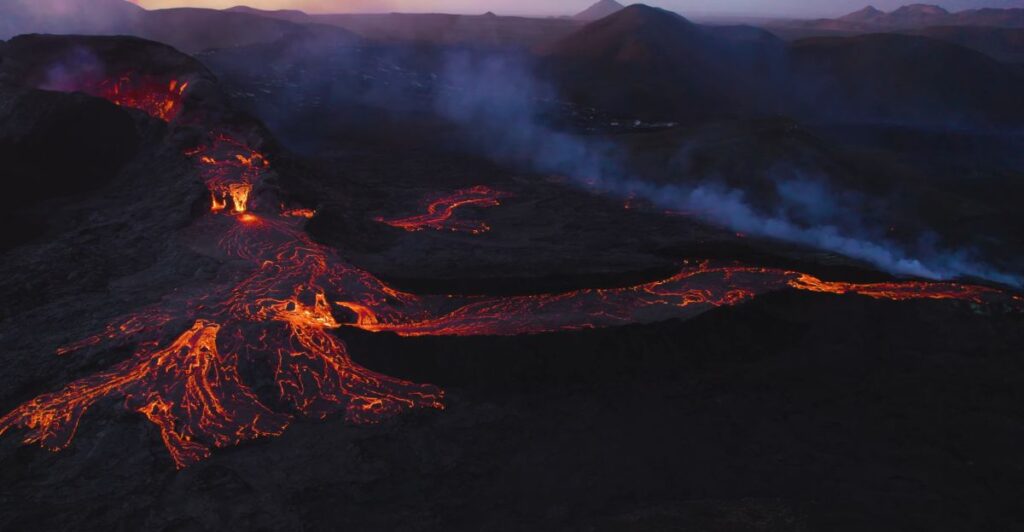
The cooling effect from volcanic aerosols creates temperature gradients in the atmosphere—variations in temperature between different layers that influence air mass behavior. These altered gradients can lead to atmospheric instability, affecting cloud formation and precipitation development. In some regions, this may result in drier conditions due to inhibited rain cloud formation.
Disruption of Monsoon Patterns

Monsoons are critical seasonal wind patterns that bring rainfall to many regions worldwide. Volcanic eruptions can disrupt these patterns by weakening monsoon circulation due to changes in temperature and pressure gradients. This disruption can lead to delayed or reduced rainfall during critical growing seasons, adversely affecting agriculture and water resources.
Influence on Tropical Cyclones
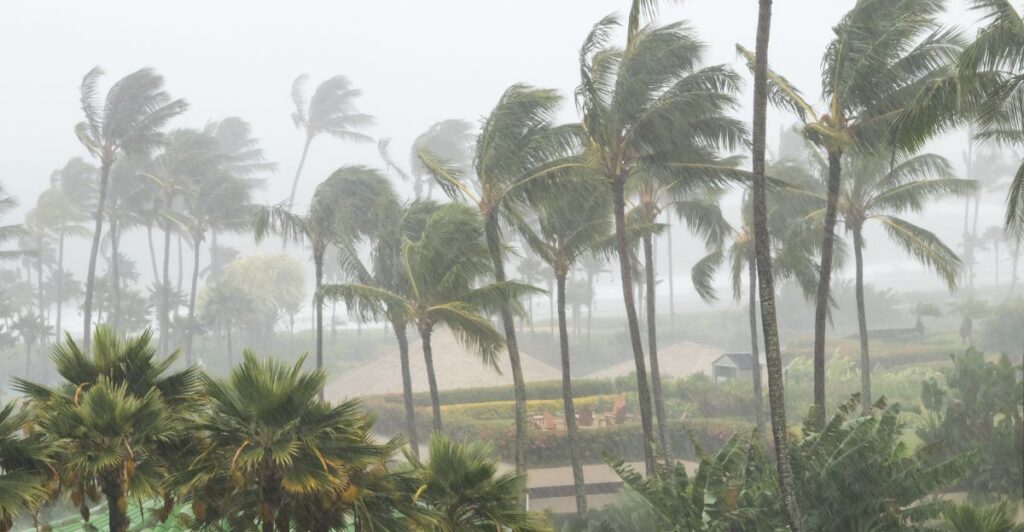
Interestingly, volcanic eruptions can also impact tropical cyclones’ behavior and intensity. These massive storm systems thrive in unstable atmospheric conditions where warm, moist air rises easily. However, the cooling effect from volcanic aerosols can temporarily stabilize the atmosphere, hindering the convective processes necessary for cyclone development and intensification.
Long-Term Effects on Ecosystems
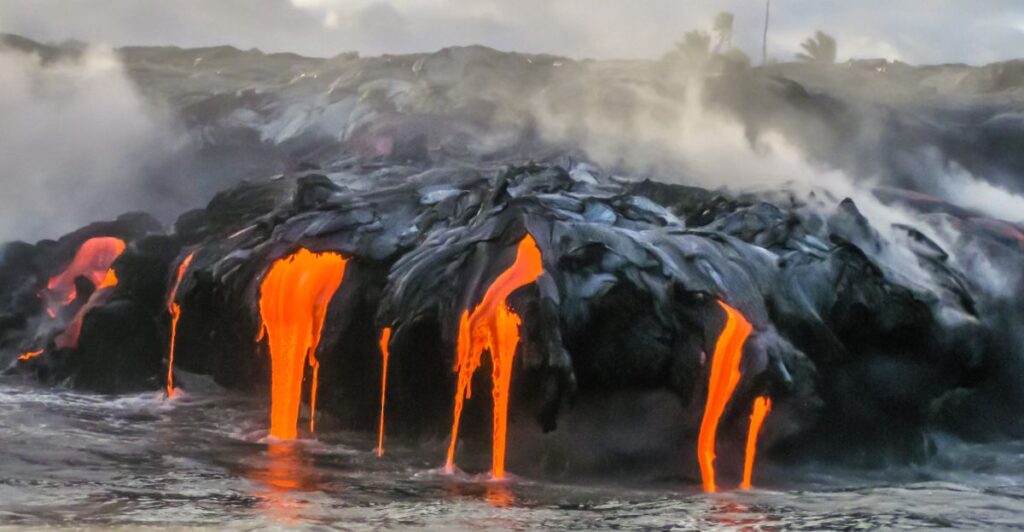
Beyond immediate impacts, volcanic eruptions can have long-term consequences for ecosystems. The cooling effect and altered weather patterns can shift vegetation zones, forcing animals to adapt to new environments or face extinction. Aquatic ecosystems may also suffer as volcanic ash and chemicals infiltrate water bodies, disrupting aquatic life and food chains. Over time, these changes can reshape entire ecosystems, affecting biodiversity on a regional and global scale.
Far-Reaching Consequences
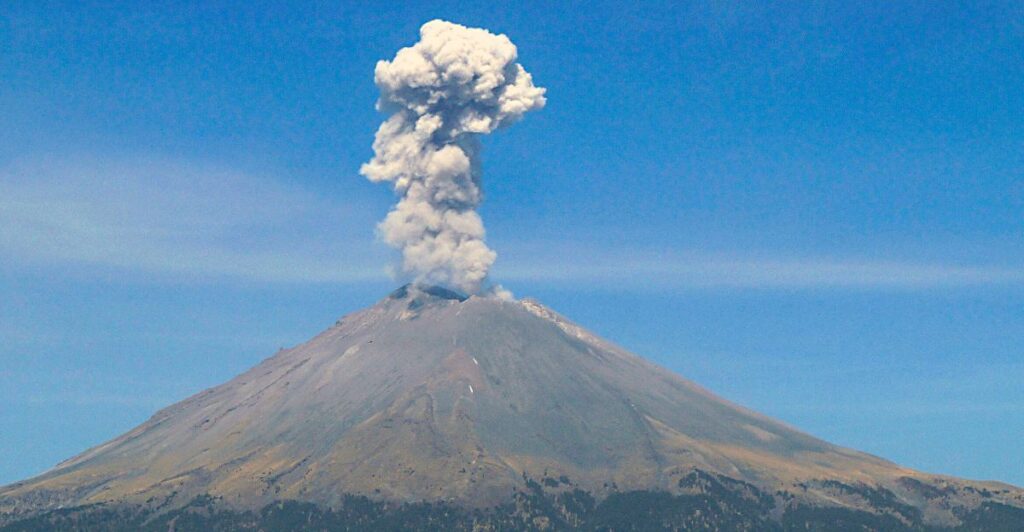
Volcanic eruptions are powerful geological events with far-reaching consequences for global weather patterns. By injecting sulfur dioxide and other emissions into the atmosphere, volcanoes can induce temporary cooling effects, alter precipitation patterns, and influence tropical cyclones. Ongoing research into these phenomena provides valuable insights into how such natural events shape our planet’s climate system over time. Understanding these dynamics is crucial as scientists continue to monitor volcanic activity and its implications for future climate scenarios.
Discover more of our trending stories and follow us to keep them appearing in your feed

Massive Underwater Volcano Off U.S. Coast Shows Signs of 2025 Eruption
This Is Where the Yellowstone Volcano Will Erupt Next
13 Dog Breeds That Will Defend Humans No Matter What
The American Gray Wolf: A Journey from Near Extinction to Revival
References:
Reference 1
Reference 2
Reference 3
This article first appeared here
Stay connected with us for more stories like this! Follow us to get the latest updates or hit the Follow button at the top of this article, and let us know what you think by leaving your feedback below. We’d love to hear from you!







